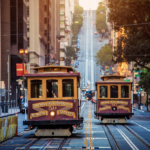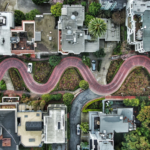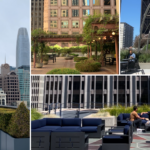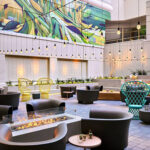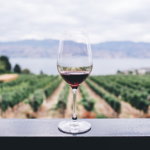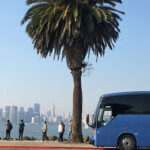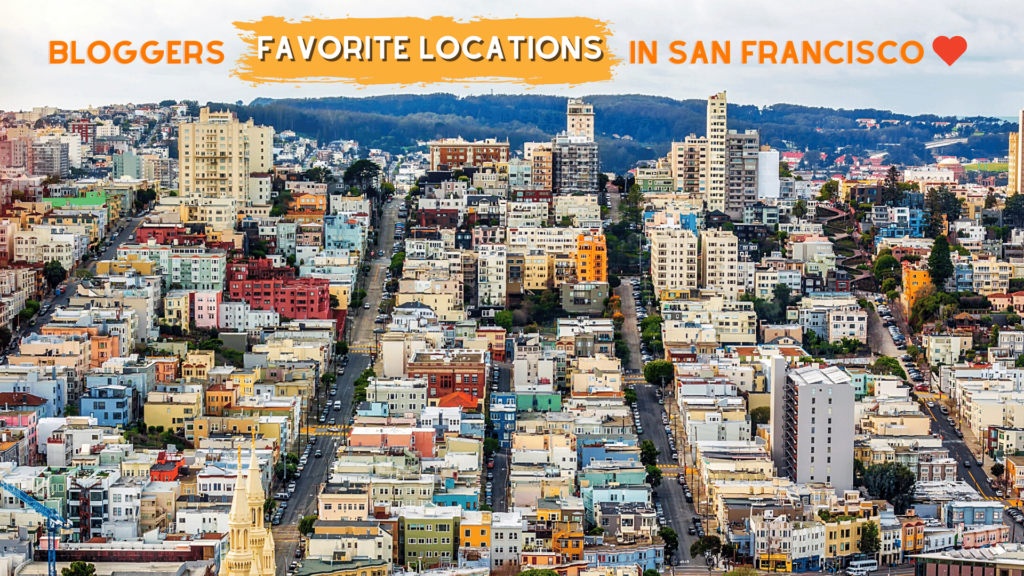
Welcome to the best locations in San Francisco any blogger would dream of visiting. While each visitor experiences these locations through different lenses, a blogger chases the history behind each place. San Francisco’s history is hidden beneath each street waiting to be discovered. This blog will outline the some of the best places one should visit to gain insight into this city’s history and culture. Let’s dive in.
Japan Town
Japan Town, located at 1610 Geary Blvd, is where you can experience the Japanese Culture with large indoor/outdoor complexes house an assortment of sushi, ramen, and shabu-shabu restaurants, plus specialty grocery stores, kitschy gift shops, karaoke bars, and Asian-style day spas. Origins of this town go back to the time right after the 1906 earthquake, when Japan Born Immigrants moved to this location. Unfortunately, when the second World War started; Japan-born immigrants had to relocate from 40-block Japan Center to internment camps due to an Executive Order which was issued by President Roosevelt. After the war, only some portions of the Japanese immigrants moved back to this neighborhood. In 1968, The Peace Pavilion five-tiered concrete creation was donated to San Francisco by the people in Osaka, Japan. Today, this structure is famously featured in the center of Japan Town.
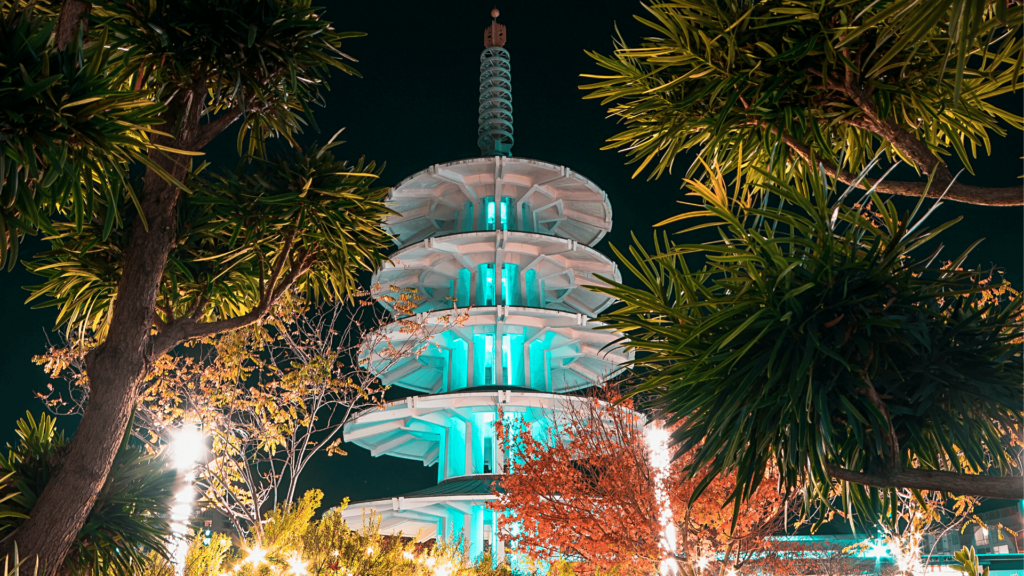
Fisherman’s Wharf

Fisherman’s Wharf is one of the most visited tourist locations in San Francisco. Home to many attractions and places to visit such as the Wax Museum, Boudin Sourdough Bakery, Hyde Street Pier, The Cannery, Maritime Park National Visitor Center, and more.

Many fishing boats used to be owned by Italians and there were so many of them, as fishing was an attractive attraction in the late 1800s. Today third-generation fishermen still go fishing from here with diesel-powered commercial fishing boats. If you are interested in fishing, you can walk around the pier and look for signs for fishing activities that are offered as half and full-day attractions.
You can walk through Fisherman’s Wharf in about 20-25 minutes. There is lots to see, eat, shop, and discover here. Do you love crab? Or clam chowder in sourdough bread bowls? This is the right place to eat all kinds of seafood at every turn. Looking for something sweet? Make your way from Pier 39 to the North Point, so that you can stop by the Ghirardelli Chocolate Factory. You will be able to smell the fresh chocolate and of course free samples will be offered to you as soon as you enter the shop.
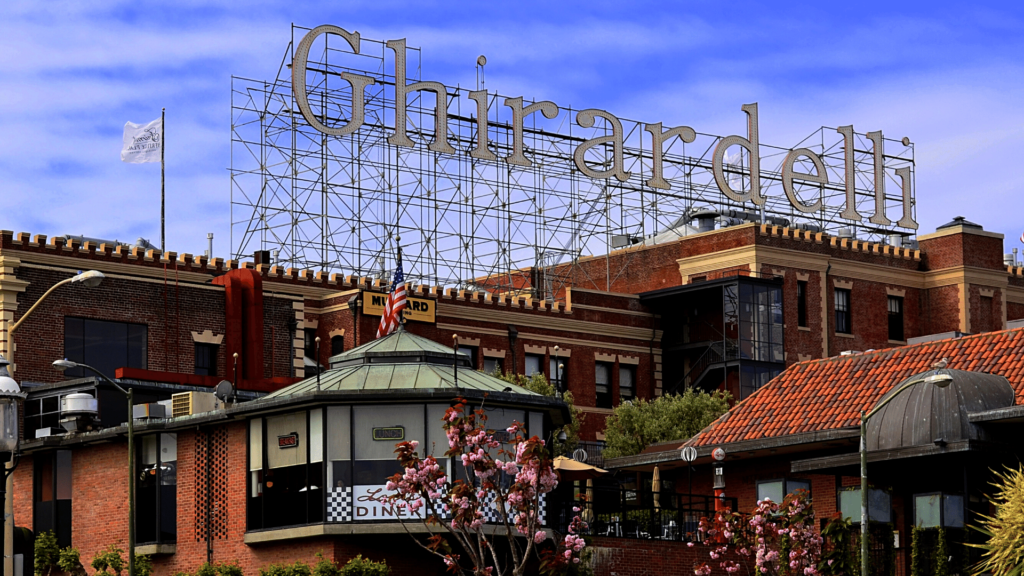
Palace of Fine Arts
This structure is originally constructed for Panama Pacific Exposition in 1915, it was one of the 11 great exhibit palaces. It served as an art gallery, tennis court, military motor pool, and the warehouse in history. It is completely rebuilt in 1965 and had a seismic retrofit in 2009. There used be Exploratorium at this location. However, it moved out in 2013. The next lease awarded for the Palace will last up to 55 years. Today various organizations are held at the location and it is one of the most photographed locations in San Francisco.
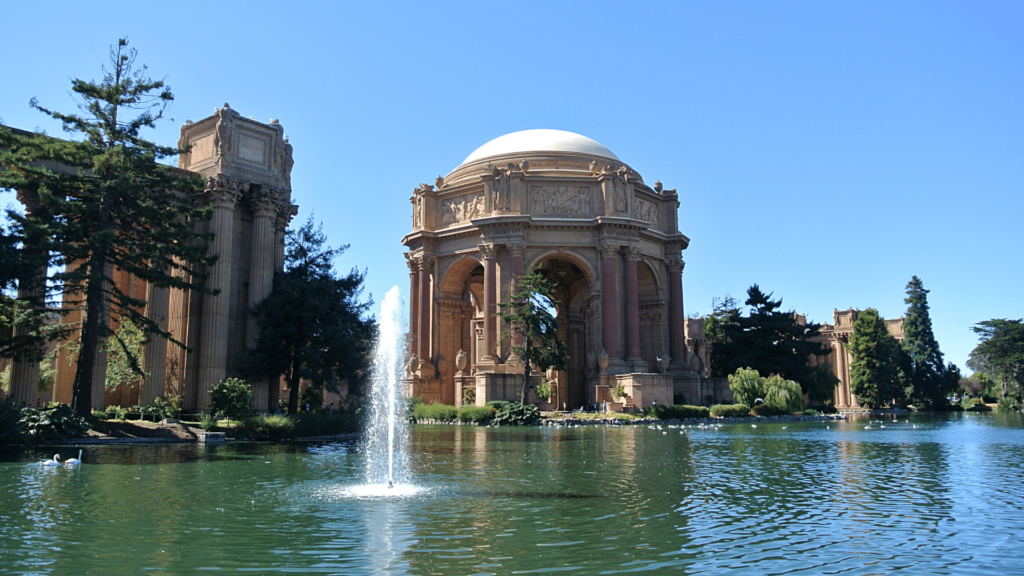
North Beach
This vibrant neighborhood also known as Little Italy used house a large Italian American population. After the earthquake in 1906, this town was rebuilt by Italian immigrants and today we can see the Italian influence at every corner. Even famous faces lived here including Marilyn Monroe, Joseph Alioto, and the baseball legend Joe DiMaggio. For a long time, North Beach was a center of nightlife and entertainment in San Francisco, the first lesbian bar, Mona’s 440 Club, and Condor Club were opened in this neighborhood. Condor Club is still open and serves as a topless bar on Broadway.
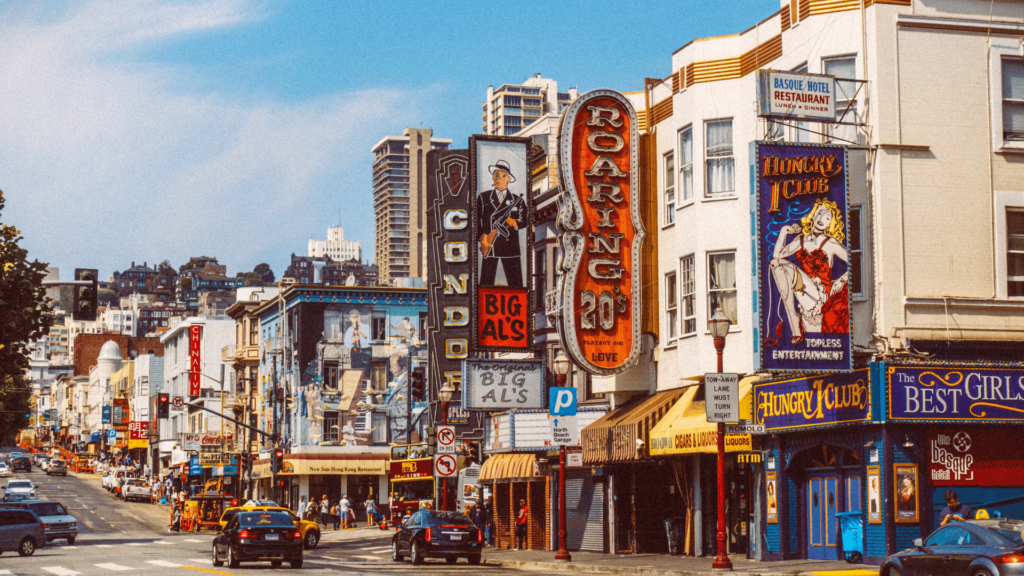
There are many other landmarks in this neighborhood, but the one that we must mention is Columbus Tower also known as Sentinel Building. This building survived the 1906 earthquake and fire at it was served as headquarters to Coppola’s Zoetrope Studios, Kingston Trio was recorded here and even Caesar salad was invented in this Flat-Iron building.
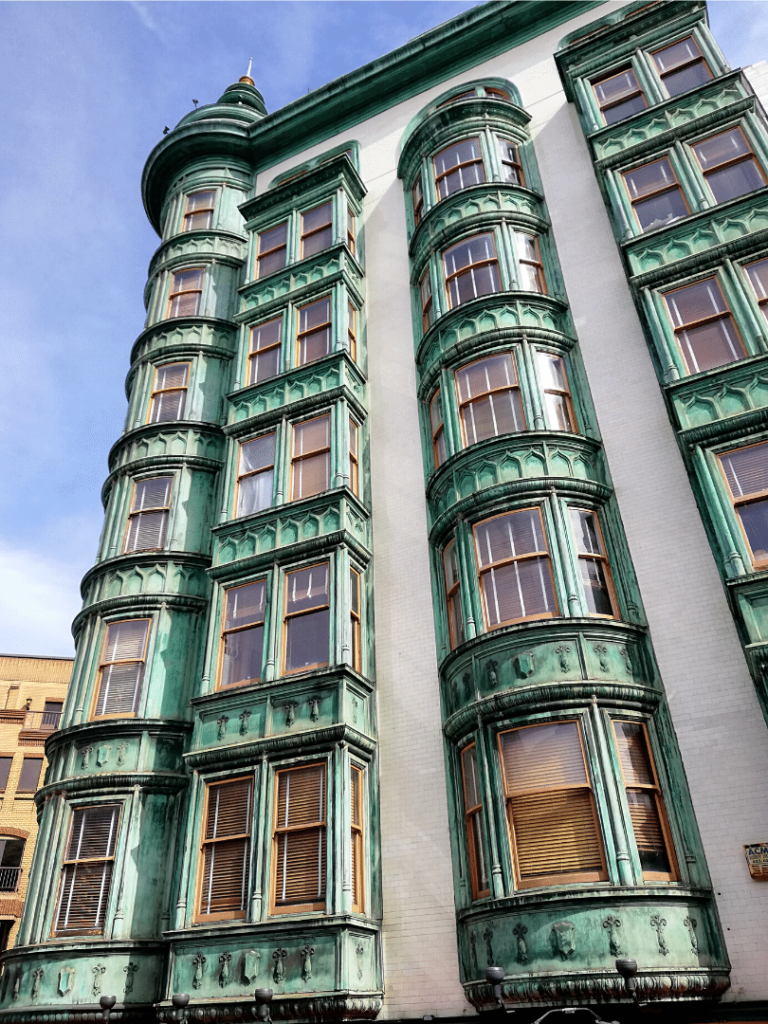
City Lights Bookstore, this bookstore is the first paperback-only bookstore in the United States which specializes in world literature and politics. It was founded in 1953 and its doors are still open to visitors.
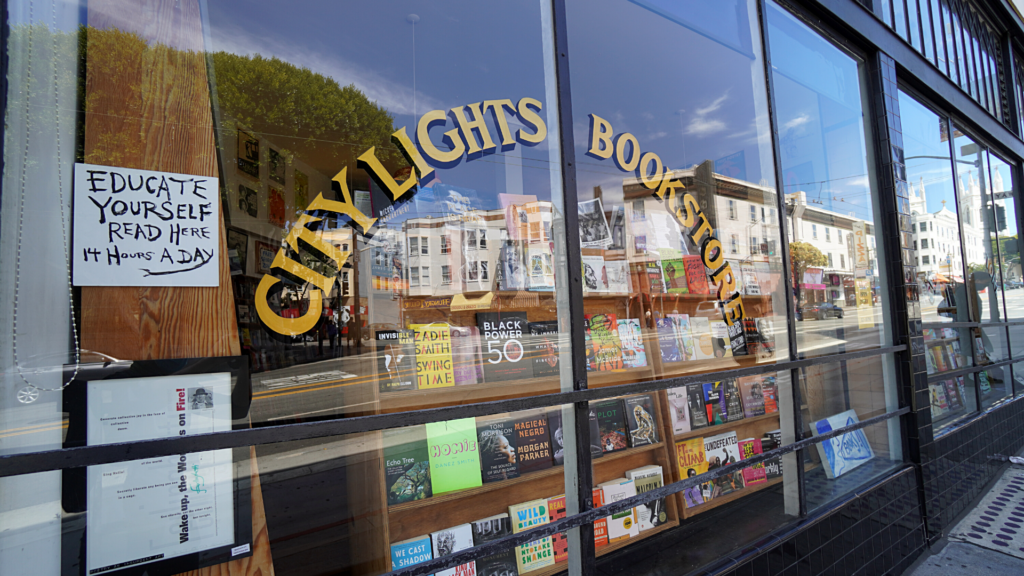
This area has a mix of classic and newer restaurants on the crowded streets, take your time to find your taste by walking around this neighborhood. My personal favorite is a garlic restaurant known as the Stinking Rose. You can even find desserts featuring garlic at this unique Italian eatery.
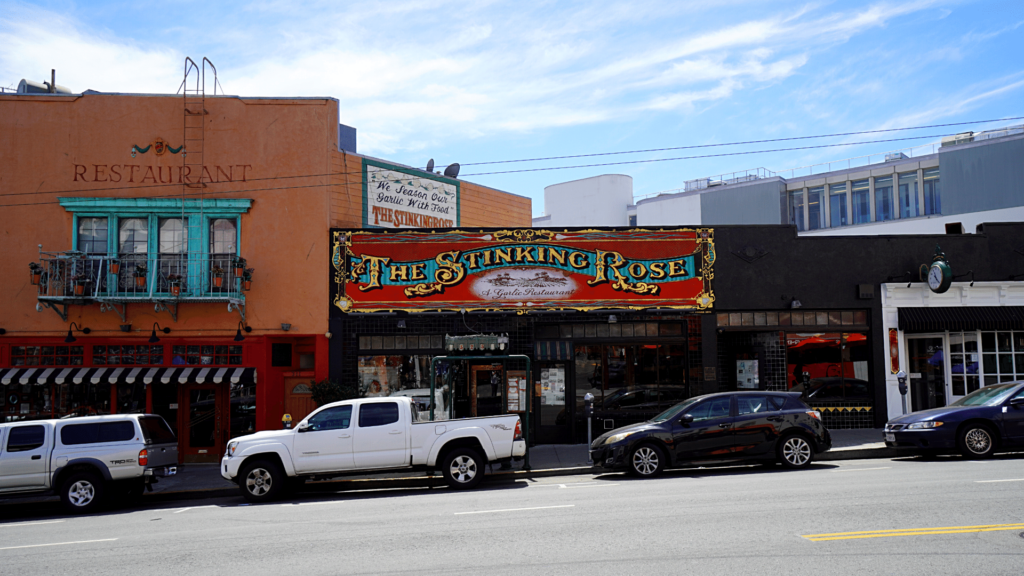
Cliff House & Lands End Trail
Shoreline recreation was a promising future in the early 1860s, some of the entrepreneurs were trying to attract wealthy citizens to the outermost. 1880s Adolph Sutro invested millions of dollars to the resort ’’Cliff House’’ and the largest bathhouse. Unfortunately, it was closed in the 1960s due to high maintenance and operating costs. This area is one of the top unique areas in San Francisco with the natural beauty of Cliff House and Sutro Bath ruins, offering gorgeous ocean views. We always recommend visiting this location as you can start at the visitor center then venture on this 5.5 km trail with the most picturesque views of the coast. Make stops at the old Sutro Bath ruins, Point Lobos, the Labyrinth, and Mile Rock Beach.
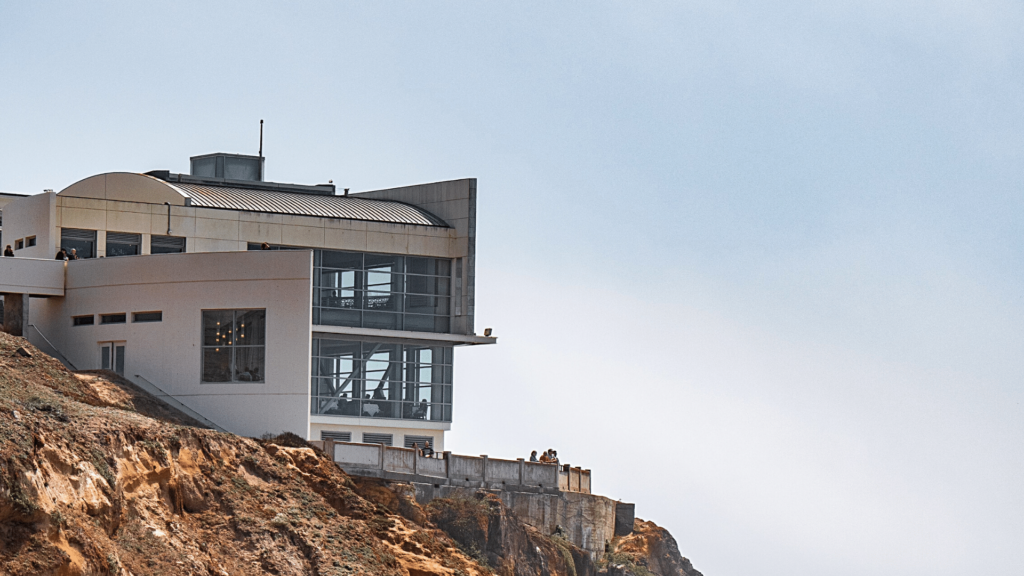
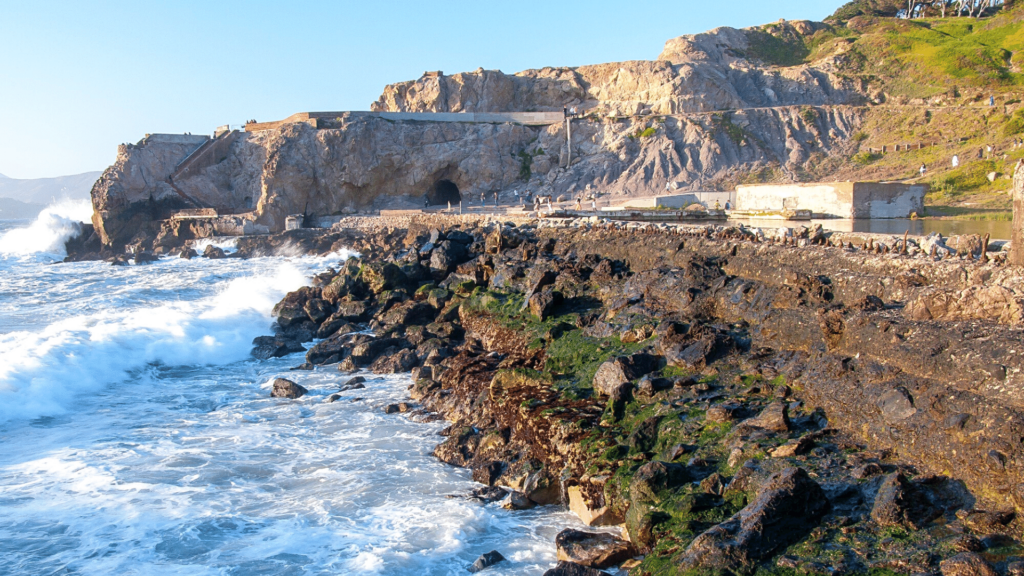
Ocean Beach
Regardless of the season, Ocean Beach is beautiful, romantic, and offers a jogging path that runs along the Great Highway. Late summer and early fall tend to be the hottest times to visit, but no matter what season we are in the wind picks up around 4 pm, so make sure to pack a long sleeved shirt or jacket. This beach is also a surfer favorite, especially in the fall. Fall is the best season because the wind switches to off-shore. Ocean Beach’s weather is dynamic and might change suddenly, you can even experience Carl the fog roll in while sitting on the beach.

Golden Gate Park
In the 1860s, San Francisco began to feel the need for a spacious public park like New York City’s Central Park. Architects William Hammond Hall, John McLaren, and Calvert Vaux took on this immense endeavor. Golden Gate Park was carved out of uncompromising sand and shore dunes that were known then as Outside Lands, in an unincorporated area west of San Francisco’s then border. The park opened on April 4, 1870.
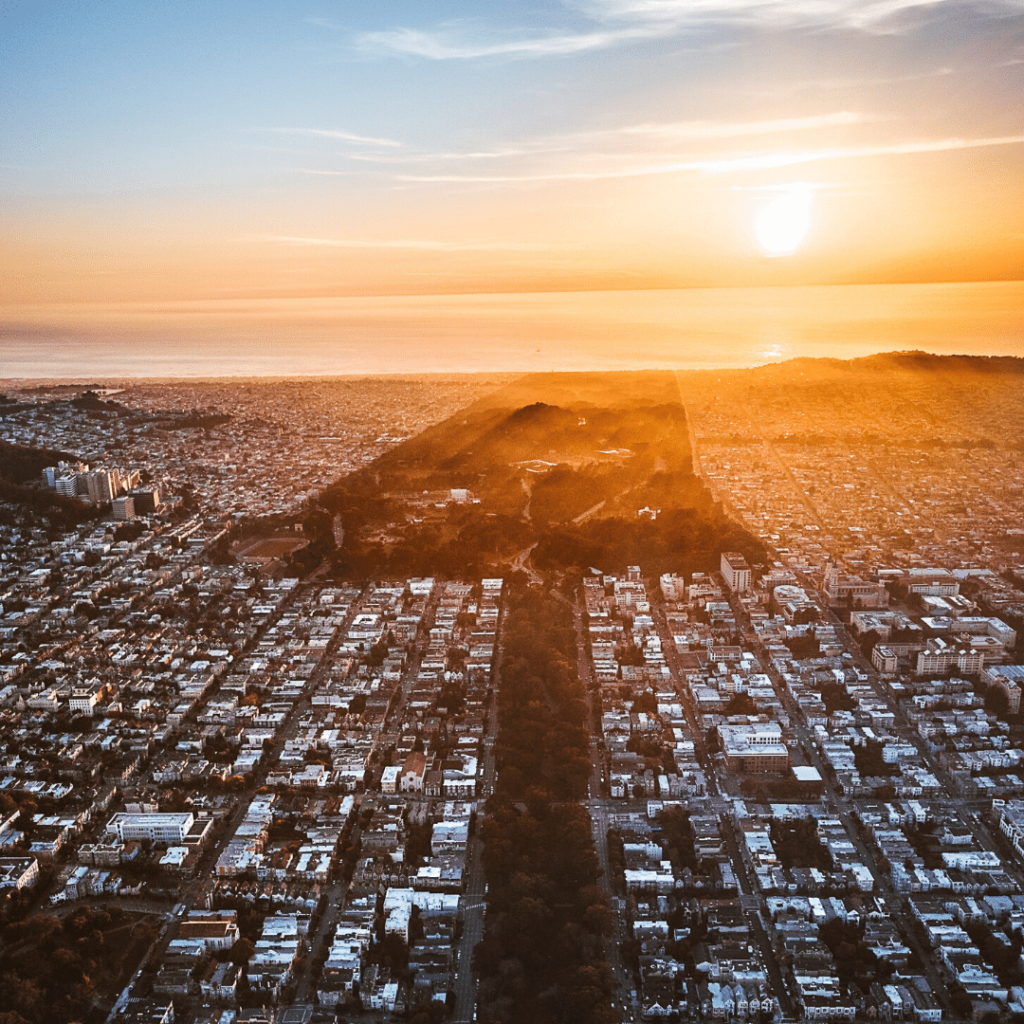
With attractions and unique locations inside the park, this area is bloggers favorite. Check out one of our earlier blog posts about San Francisco’s Largest Urban Park and gain insight about this park.
Click here in order to access San Francisco’s Largest Urban Park.
If you liked this post, you can also check our social media accounts as well for more content about San Francisco.
If you wish to receive these kinds of posts, updates, or promotions you may consider signing up our newsletter here.






